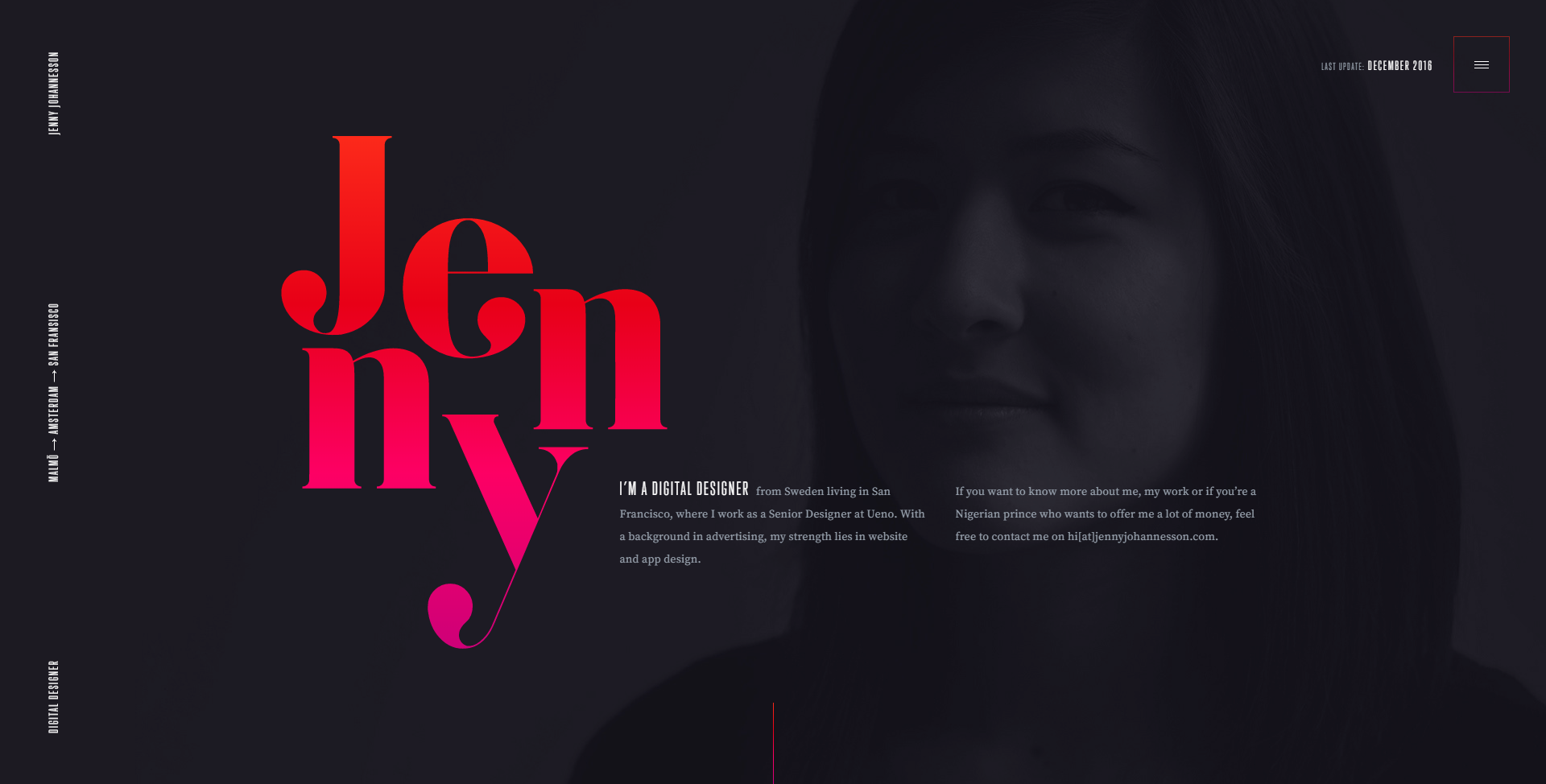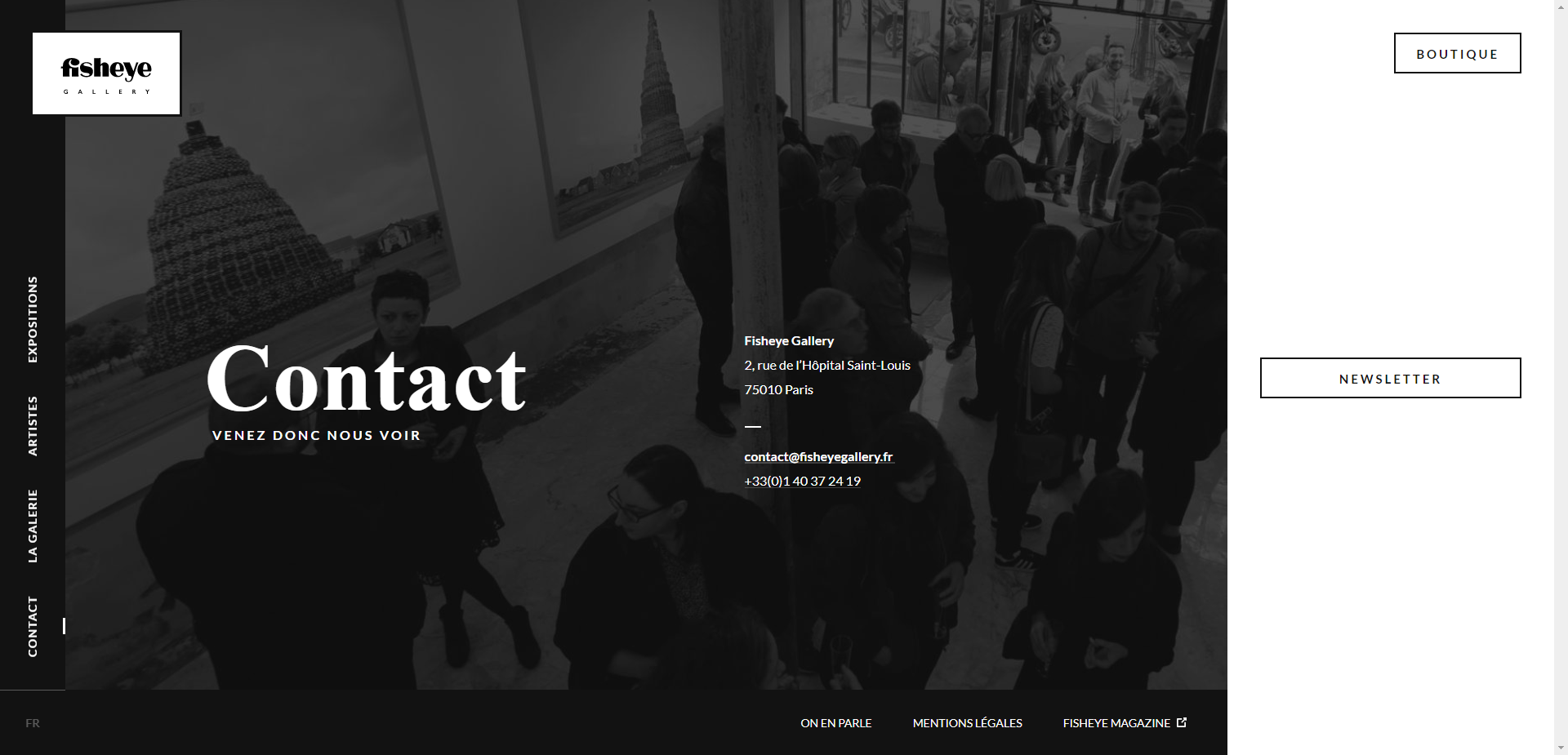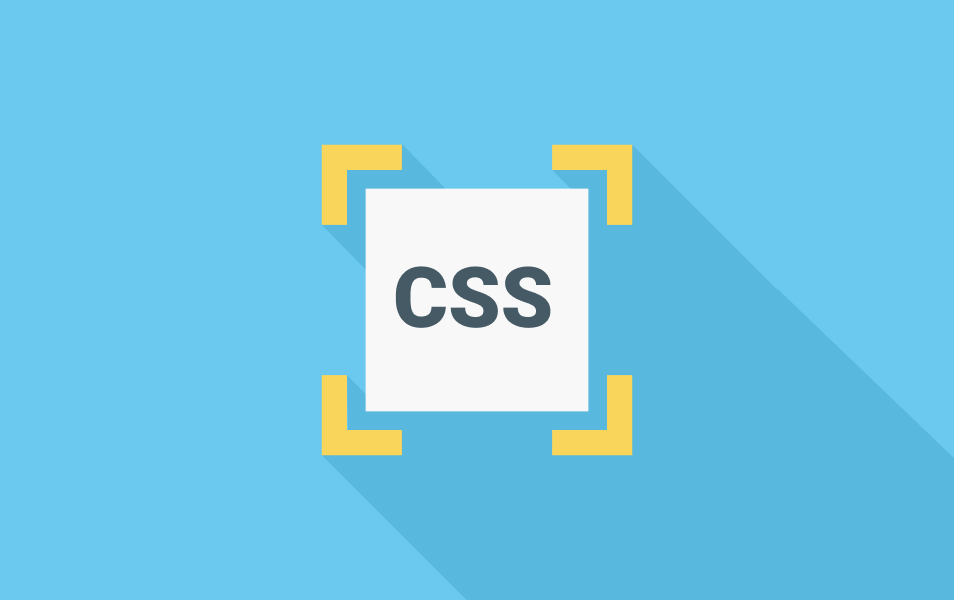Without the transition, transform property is able just to turn over the object it is applied to. So, in the most real-life situations (real-life?), these two options are applied together.
Just Transform
Powers which this property possesses are:
- rotate(angle),
- skew(angle),
- translate(x,y),
- scale(x,y),
- matrix(n,n,n,n,n,n).
All values are pretty self-explainable except maybe the matrix.
rotate and skew options use angle degree values (values can be negative and you can type more than 360, such as 1080deg, for three full rotations).
The translate option uses px or %.
The scale option uses just numbers and they define how much the object is going to increase/decrease according to parameters given to the width and height.
All of these properties except the matrix (which is still maybe not self-explained) have special options with X and Y added to syntax in which case, just one parameter is needed and property in rotate and skew cases, becomes relative to x or y-axis (e.g. translateX(), scaleY()...).
The matrix option does EVERYTHING (did you expect less?). The exact syntax is matrix(scaleX(),skewY(),skewX(),scaleY(),translateX(),translateY()). Even though there is no rotate option inside, it is shown to me that it can rotate too. I can't say more that this (because it's math...something...function...something). Check this post for more.
It's also possible to combine multiple transforms by defining them under one transform.
div {
transform: rotate(90deg) scale(2) translateY(-50%) translateX(50%);
}
The most popular effect that this property is used for recently is rotating navigation, social and other information, mostly on the left side, and making them vertical. For both examples down below is used transform: rotate(-90deg) property.


3D Transform
2D property values rotate, translate, scale and matrix have its parallel 3D values with z-axis added. Extra 3D property is perspective which defines a perspective view for a 3D transformed element. Perspective uses one value which defines how far the element is placed from the view.
- rotate3d(x,y,z,angle),
- translate3d(x,y,z),
- scale3d(x,y,z),
- matrix3d(n,n,n,n,n,n,n,n,n,n,n,n,n,n,n,n),
- perspective(n).
I believe that all of those are really self-explained after we understand 2D options.
Transition + Transform
The transform property is used to define the transition between two states of an element. With the transition, they make a powerful couple, as mentioned at the beginning.
.box {
...
background-color: #0000FF;
-webkit-transition:background-color 2s, -webkit-transform 2s;
transition:background-color 2s, transform 2s;
}
.box:hover {
background-color: #FFCCCC;
-webkit-transform: rotate(180deg);
transform: rotate(180deg);
}
This kind of combination is the most common usage of both, transform and transition property. It's important to remember to Define a transition with transform as its value in the first state, and define transform in the second state.
Final Word
Shake those straight elements of yours!
Subscribe for one more e-mail on Wednesday (and knowledge and blah blah blah).
